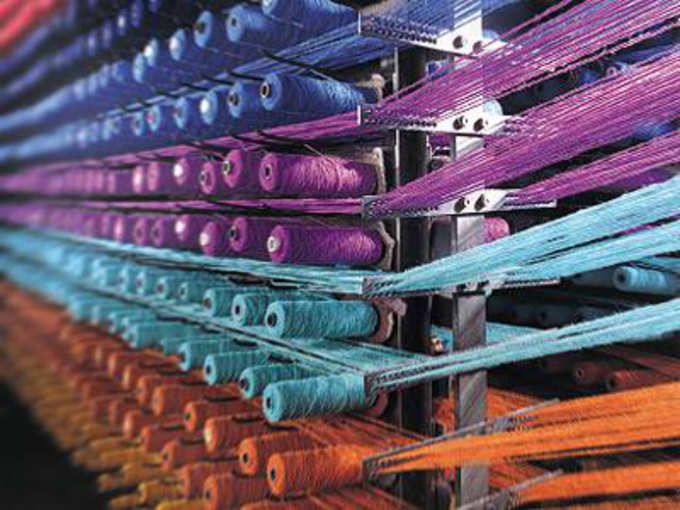 Innovations taking place at the intersection of
Innovations taking place at the intersection of Fashion today is not just about visual appeal; it is a blend of functional relevance and utility, and technology has accelerated this transformation. This explains why fashion brands need to genuinely re-engineer their approach vis-a-vis design, manufacturing, channel strategy, communication & other marketing to match the needs of a discerning consumer.
There are 3 main forces driving fashion to couple with technology more than ever before, leading to an industry wide disruption. These are also the factors that essentially determine the course of consumer journey and his/her brand experience.
1. The customer today is highly discerning, so aggregation by itself is insufficient to meet their unique needs. Therefore, personalization on multiple levels :
· Product personalization - It’s almost the same as creating a skeleton and then giving it multiple faces & features as it is unnatural for any two to look the same. The most essential component of personalization in context of fashion is FIT as every individual is unique and it is therefore imperative for fashion brands to devise a mechanism that allows them to achieve perfection of fit across body types. Understanding different body types and working meticulously towards creating the right silhouettes can actually go a long way for any apparel brand.
· Customer service personalization- The concerns of every individual are unique and would therefore require a unique solution. It is critical for brands to be intuitive and pre-empt issues in the customer journey, and data is going to be the key currency to enable service to be personalized.
· Communication personalization- Today’s informed consumer is not interested in engaging with a corporate robot. She is instead looking to converse with agents equipped to resolve her questions with tact and efficiency. So every single interaction with the consumer will need to be highly personalized, while allowing for a wider bound of exploration and discovery.
With growing need for personalization also grows the importance for standardization. This would ensure that a consumer experiences consistent and quality service throughout their interaction with a brand. Systems needs to be designed around customer journeys that are multi-variant and provide for several degrees of freedom, while being bound to standards on quality and accuracy. Standardization would therefore help brands create a clear differentiation and also benchmark their service.
2. Digitization is enabling brands to utilize data analytics to their advantage, irrespective of the industry. “The Psychology of Dress”, written by J.C Flugel back in 1930, inspired companies to look into the minds of their customers and understand it. We have, naturally, come a long way since!
Brands today rely heavily on data analytics to identify problem areas and challenges in the consumer journey. Working backwards from the ideal paths helps brands to inform their backend processes and supply chains as well, all the way to tweaking design and campaigns for the next season. This feedback loop is only possible by a tightly coupled digital strategy.
Popular fashion houses such as Burberry, Prada, Bulgari, Nordstrom, and Ralph Lauren are known to incorporate data in their core designing process to enhance the consumer experience. Interestingly enough, EDITED, through its possession of 53 million data points, has been cited as the driver for a 33% increase in ASOS sales.
3. Agility is indispensable to the fashion industry, given it is mercurial and trend-driven. It is also an indirect but essential tool for customer retention as backend process always have a ripple effect on the finished product/end consumer experience.
· Automation is the backbone of agility as instant results with accuracy cannot be derived without the help of technology. This also means that manual methods have to be discarded and replaced with new ones to ensure both speed and efficiency.
· “Process re-engineering” at every level becomes critical to bridging the gap between what’s available and what’s desired. It is therefore necessary to closely monitor all aspects of the business and tweak processes that can no longer sustain in the new scenario.
· Training and team alignment for vision articulation and mapping progress is at the core of any business/industry looking to transform itself. Tracking MIS reports and KPIs on a weekly basis is crucial to ensure a progressive graph.
Technology has penetrated into the lifestyles of savvy consumers such that it is not only aiding business efficiency but also proving to be the most effective tool for brands to establish a connect with them and make it sustainable.
(The article has been authored by KAARYAH Founder & CEO, Nidhi Agarwal)
Image credit: Indiatimes
